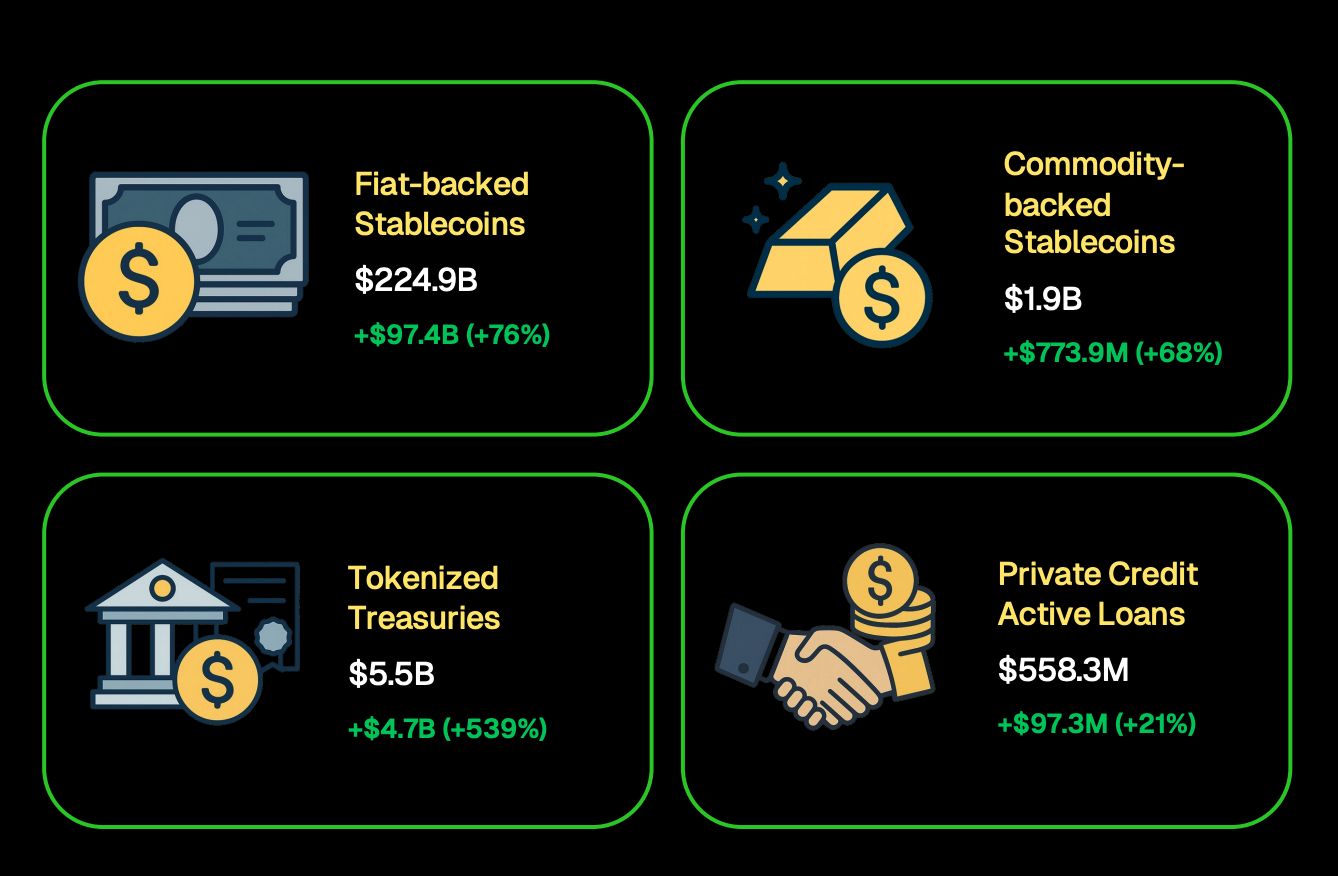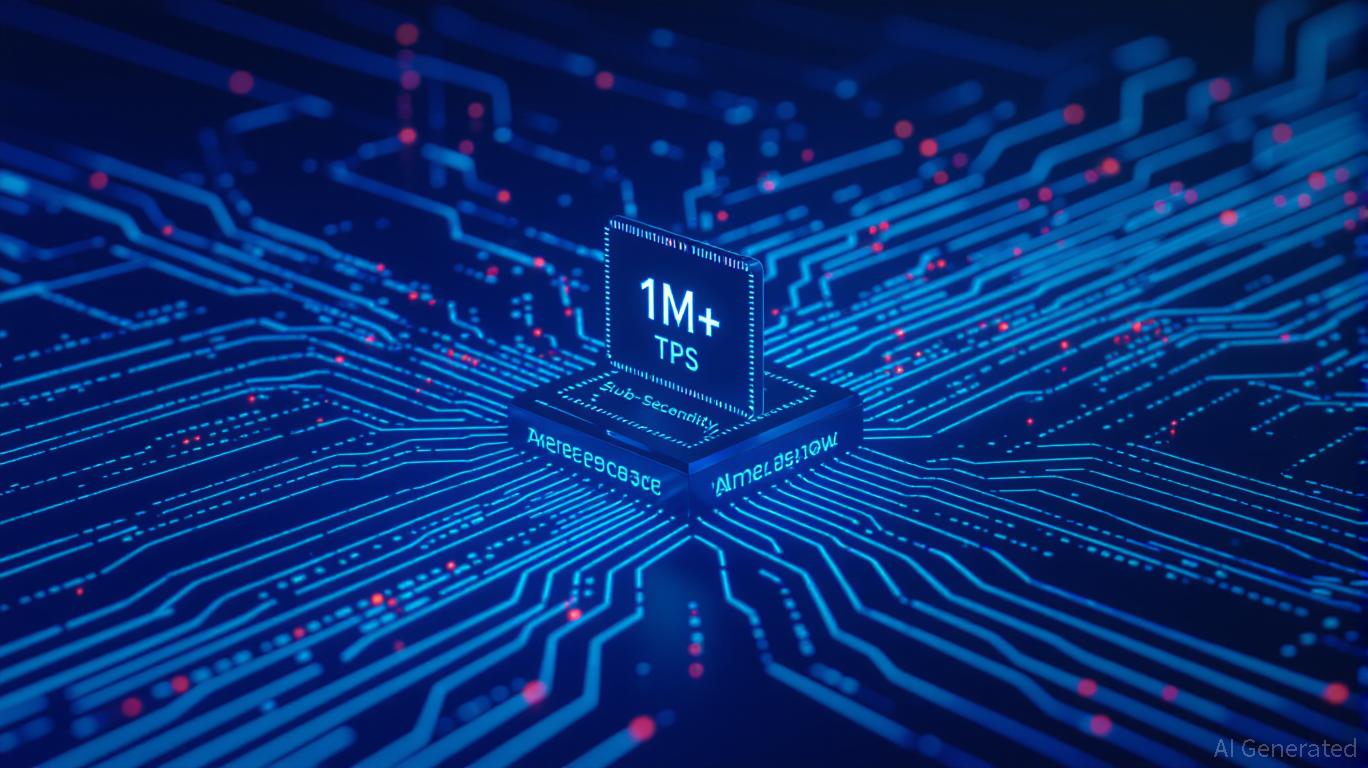Inside Asia’s Tokenization Race — Why Franklin Templeton Is Betting Big
Tokenization is moving from pilots to practice. The World Economic Forum projected that private equity and venture capital markets could grow to about $700B, which is expected to be tokenized. That potential scale would still reshape global finance. APAC is already moving ahead. Hong Kong’s spot ETFs drew $400 million on day one. Japan is
Tokenization is moving from pilots to practice. The World Economic Forum projected that private equity and venture capital markets could grow to about $700B, which is expected to be tokenized. That potential scale would still reshape global finance.
APAC is already moving ahead. Hong Kong’s spot ETFs drew $400 million on day one. Japan is preparing an SBI-backed ETF with Franklin Templeton. Singapore is setting tokenization frameworks. These ETF milestones matter individually and as stepping stones toward broader tokenization.
Japan’s ETF Push: Retail First, Institutions Later
In an exclusive interview with BeInCrypto, Max Gokhman, Deputy Chief Investment Officer at Franklin Templeton Investment Solutions (FTIS), explained why retail flows, proxy bets, and sovereign adoption may drive the next phase.
His remarks highlight both opportunities and risks. While ETFs mark the first entry points, the larger story is how tokenization could scale across asset classes and reset market structures. Yet history suggests markets rarely move in a straight line.
Japan’s Financial Services Agency (FSA) updated its fund guidelines in 2025, creating space for new ETFs with partners like SBI Holdings. Gokhman believes retail will provide the first liquidity. He argues that institutions will follow once secondary markets mature.
While he frames retail as a catalyst, history suggests early flows can fade without robust demand from pensions and funds. Japan’s ETF story illustrates how short-term retail demand can lay the groundwork for tokenized markets that institutions may eventually embrace.
Gokhman stressed that institutions are less interested in fractional LP funds. Instead, they want vehicles that manage volatility and enhance liquidity — the conditions required for large-scale adoption.
“It starts more with the retail level … Retail may need more liquidity, but they also provide liquidity to the institutions once retail gets large enough so that secondary markets really start to flourish.”
Proxy Bets and $2.7B Solana Supply
Before ETFs, investors chased proxies. MetaPlanet disclosed it had accumulated over 15,000 BTC. Remix Point also drew speculative flows. Regulators in Hong Kong warned of leverage and counterparty exposure when spot ETFs launched.
Gokhman noted that Solana’s lending markets already hold $2.7 billion in commitments. This squeezes supply and pushes prices up, which shows appetite but magnifies systemic risk. These proxy bets show that demand is building and explain why regulated tokenized vehicles may be essential for stability.
“Proxy products can use leverage and there’s more counterparty risk. For example, a lot of the Solana debts are buying up more supply — something like $2.7 billion already committed. That raises prices, as more demand meets limited supply. With an ETF, most traditional crypto ETFs are one-to-one—buying a share means it holds the underlying asset on-chain, much like a gold ETF.”
APAC’s Tokenization Edge
APAC markets are moving first, but also deeper. At Token2049 in Singapore, Franklin Templeton executives met family offices and OCIO clients. They asked not for simple exposure, but structured strategies.
Singapore’s MAS has expanded Project Guardian and finalized a framework for tokenized funds, with retail access targeted by 2027. The WEF report estimated that PE/VC markets could reach ~$7T by 2030, with ~10% tokenized (~$0.7T).
ETF progress demonstrates appetite, but APAC’s deeper institutional engagement suggests tokenization is the larger transformation underway. Europe, by contrast, focuses on compliance. The US remains mired in uncertainty.
Gokhman noted that while the US will remain Franklin Templeton’s number one revenue driver overall, APAC clients show greater maturity in digital assets. This split illustrates how global strategies must balance scale in the US with innovation in Asia.
“There’s greater sophistication within APAC relative to Western regions, especially with family offices and OCIO clients. They are not just saying, ‘I want some exposure,’ but asking us to structure it in a particular way, or to walk them through Layer 2 research. APAC is absolutely a key driver for us.”
Geopolitics and De-Dollarization
The BIS has documented a slow decline in dollar dominance. Gokhman argued that Trump-era policies made the dollar less attractive, accelerating demand for digital assets.
He said the backdrop is geopolitical. As the US clashes even with allies, demand for dollars weakens. For cross-border payments, avoiding SWIFT makes blockchain the apparent alternative. That dynamic reinforces digital assets as neutral rails for global transactions. De-dollarization may act as a geopolitical push, making tokenized rails more urgent than ETF adoption alone.
“The Trump administration has actually been really beneficial to creating more demand for digital assets because the dollar is becoming less attractive. Sovereign treasuries are de-dollarizing. As large players come into DeFi and start buying at scale, they will centralize that asset class, which should reduce volatility. An asset class with 30% annualized volatility is far easier to integrate than one at 70%.”
Tokens Don’t Sleep
Unlike traditional assets, which pause on weekends, tokenized assets operate 24/7. Gokhman captured this in one line: “Money never sleeps, but tokens don’t.”
For investors, this means tokenization will not just expand product menus. It will reset the tempo of finance. Portfolios will have to adapt to a world where markets never switch off.
In fact, CoinGecko found that tokenized treasuries topped $5.5 billion, while stablecoins reached $224.9 billion. ETFs may introduce more investors to crypto exposure, but tokenization could redefine how assets trade, settle, and store value.
 Resource: CoinGecko
Resource: CoinGecko
The first wave of tokenization is unlikely to cover every asset at once. Historically, markets begin with instruments that are already liquid and institutionally trusted. That means money market funds, government bonds, and index-tracking ETFs will likely be early candidates.
Once confidence builds, tokenization may expand into private credit, real estate, or even cultural assets — areas that Gokhman believes blockchain uniquely enables.
“We believe that the future of all assets is tokenized. Traditional markets have legacy operational risks. To prepare, we are actively creating our own on-chain stack, turnkey portfolios that blend digital, public, and private asset classes, and even exploring categories like cultural assets that can only exist through tokenization.”
Innovation and Partnerships
Beyond ETFs, Franklin Templeton is testing new vehicles. Gokhman hinted that while details on the Binance partnership remain limited, the firm is also exploring other strategic collaborations to expand tokenization use cases.
For investors, the key takeaway is that asset managers are broadening experiments to position for scale, even if many strategies remain under wraps. Partnerships are not just about market share — they signal how incumbents are preparing for tokenized infrastructure to become mainstream.
Disclaimer: The content of this article solely reflects the author's opinion and does not represent the platform in any capacity. This article is not intended to serve as a reference for making investment decisions.
You may also like
Uniswap News Today: Uniswap's 100 Million UNI Token Burn Sparks 38% Rally as Deflationary Changes Transform DeFi
- Uniswap's UNI token surged 38% after the Foundation and Labs launched the "UNIfication" governance overhaul, activating protocol fees and token burns. - The proposal includes a 100M UNI retroactive burn (16% of supply), fee redirection to deflationary mechanisms, and a 20M UNI Growth Budget for DeFi innovation. - Structural changes consolidate teams under Uniswap Labs, eliminate interface fees, and establish a 5-member board to align governance with DUNA's decentralized framework. - Market reaction saw U

Solana's Value Soars: Key Factors Fueling Investor Confidence Toward the End of 2025
- Solana (SOL) surges in late 2025 due to infrastructure upgrades, institutional adoption, and strong on-chain metrics. - Firedancer validator client boosts TPS to 1M+, while Alpenglow aims for sub-second finality, enhancing scalability for real-time finance. - Institutional holdings of SOL jump 841% to 16M tokens, with Visa and R3 partnerships validating its role in cross-chain global finance. - Network records 17.2M active addresses and 543M weekly transactions, maintaining 8% DeFi market share despite b

Uniswap Latest Updates Today:
- UNI token surged over 40% to $10+ as Uniswap Labs and Foundation proposed "UNIfication" to distribute protocol fees to holders via token burns and a "token jar." - The plan includes burning 100M UNI ($800M) and allocating 16.7%-25% of v2/v3 pool fees to holders, merging the Foundation into Labs to streamline operations. - Market reactions saw UNI jump 30% in a day, reaching $10.50, with a $7.19B market cap, driven by optimism over DeFi fee capture and DUNA approval easing regulatory concerns. - Critics w

Bitcoin Leverage Liquidations Spike in November 2025: A Warning Story for Crypto Derivatives Traders
- November 2025 saw $20B+ in crypto derivatives liquidated as Bitcoin fell below $100,000, driven by 1001:1 leverage and automated stop-loss mechanisms. - Leverage-driven cascading liquidations pushed Ethereum to four-month lows and exposed systemic risks in unregulated platforms like Hyperliquid and Aster. - Regulators proposed CFTC/SEC role clarifications and domestic leveraged trading, but experts warn structural imbalances persist despite growing retail risk awareness. - Institutional investors shifted

